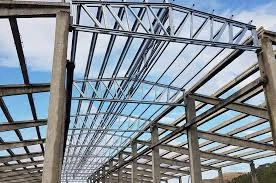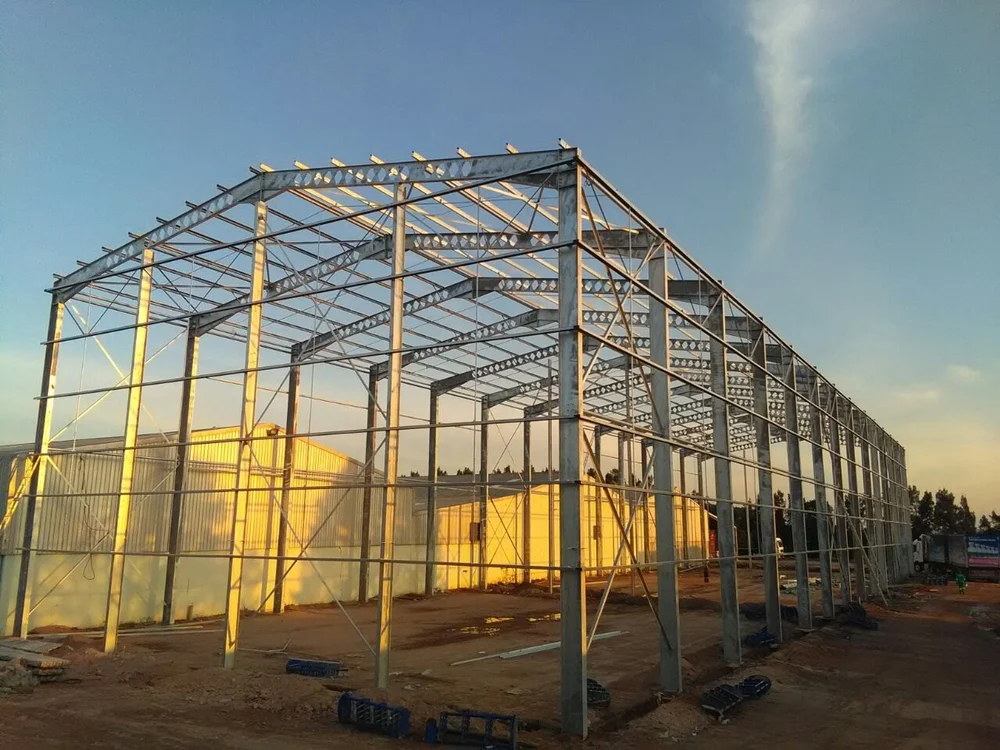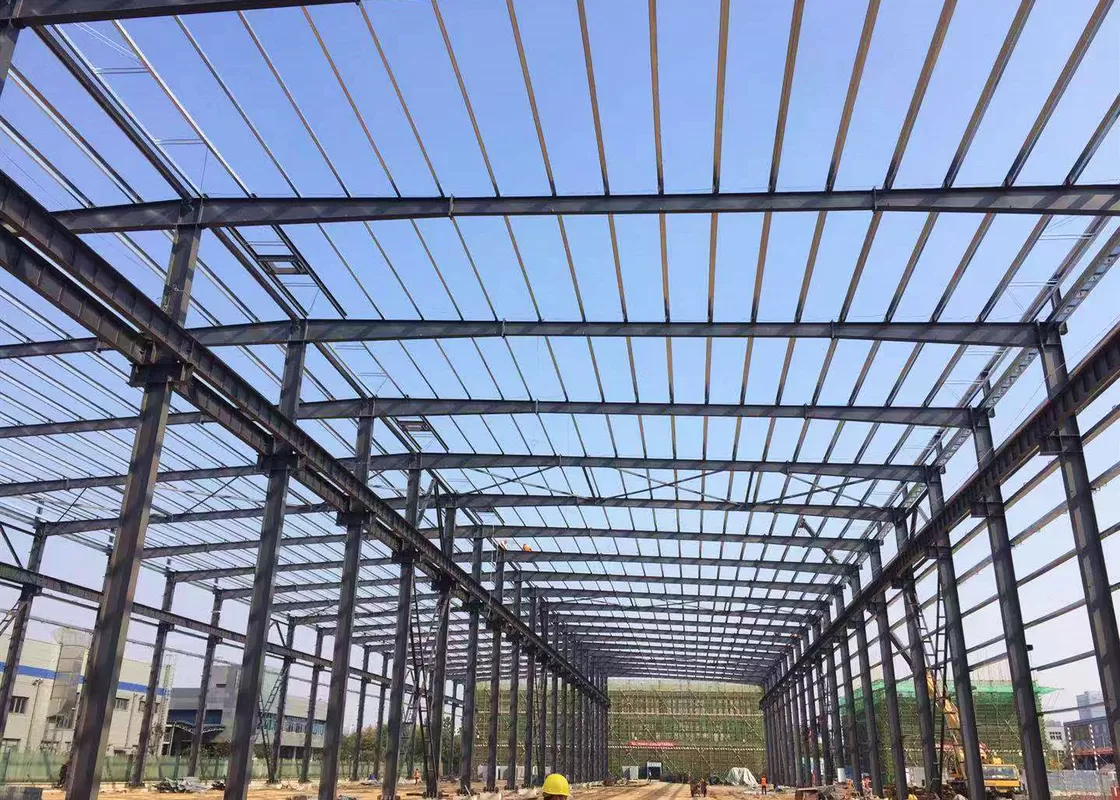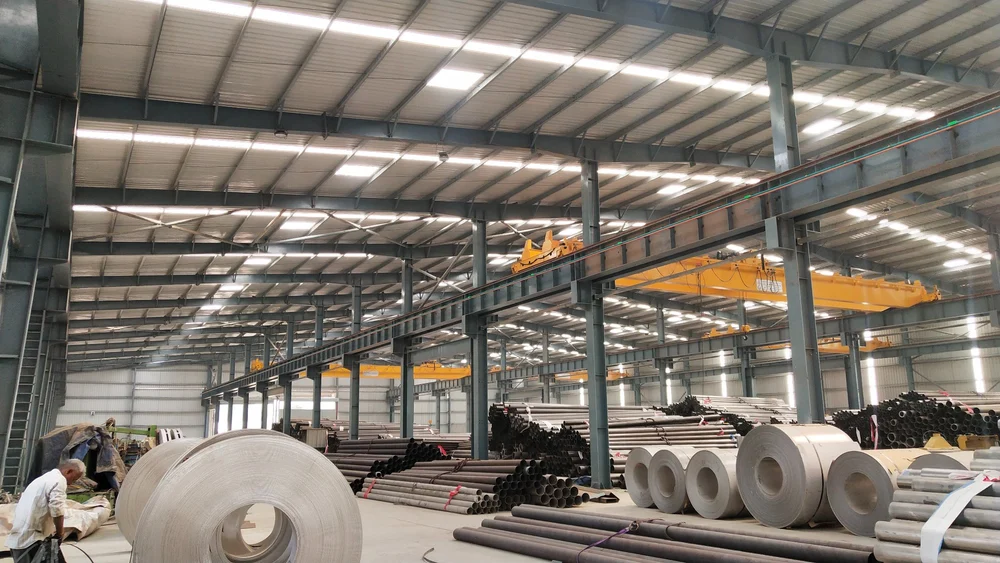- Afrikaans
- Albanian
- Amharic
- Arabic
- Armenian
- Azerbaijani
- Basque
- Belarusian
- Bengali
- Bosnian
- Bulgarian
- Catalan
- Cebuano
- Corsican
- Croatian
- Czech
- Danish
- Dutch
- English
- Esperanto
- Estonian
- Finnish
- French
- Frisian
- Galician
- Georgian
- German
- Greek
- Gujarati
- Haitian Creole
- hausa
- hawaiian
- Hebrew
- Hindi
- Miao
- Hungarian
- Icelandic
- igbo
- Indonesian
- irish
- Italian
- Japanese
- Javanese
- Kannada
- kazakh
- Khmer
- Rwandese
- Korean
- Kurdish
- Kyrgyz
- Lao
- Latin
- Latvian
- Lithuanian
- Luxembourgish
- Macedonian
- Malgashi
- Malay
- Malayalam
- Maltese
- Maori
- Marathi
- Mongolian
- Myanmar
- Nepali
- Norwegian
- Norwegian
- Occitan
- Pashto
- Persian
- Polish
- Portuguese
- Punjabi
- Romanian
- Russian
- Samoan
- Scottish Gaelic
- Serbian
- Sesotho
- Shona
- Sindhi
- Sinhala
- Slovak
- Slovenian
- Somali
- Spanish
- Sundanese
- Swahili
- Swedish
- Tagalog
- Tajik
- Tamil
- Tatar
- Telugu
- Thai
- Turkish
- Turkmen
- Ukrainian
- Urdu
- Uighur
- Uzbek
- Vietnamese
- Welsh
- Bantu
- Yiddish
- Yoruba
- Zulu
Oct . 19, 2024 15:31 Back to list
Steel Design for Buildings Enhancing Structural Integrity and Aesthetic Appeal
Steel design has emerged as a cornerstone in modern architecture and engineering, providing a perfect blend of strength, durability, and versatility that is ideal for constructing buildings. From skyscrapers that define city skylines to bridges that connect communities, the role of steel in building design cannot be overstated. This article explores the principles of steel design, its advantages, key considerations in the design process, and contemporary trends shaping the future of steel structures.
Understanding Steel as a Material
Steel is an alloy of iron and carbon that boasts remarkable properties, including high tensile strength, ductility, and resistance to various environmental factors. These attributes make it an excellent choice for constructing structures that require high load-bearing capabilities while maintaining a relatively lightweight profile. Additionally, steel can be fabricated into various shapes and sizes, allowing architects and engineers to execute their creative visions effectively.
Advantages of Steel Design
One of the primary advantages of steel design is its structural efficiency. Steel members can span large distances without the need for intermediate supports, providing open and flexible floor plans. This feature is particularly advantageous in commercial buildings, where open spaces are essential for functionality.
Moreover, steel is a sustainable building material. It is fully recyclable, which significantly reduces waste in construction. The use of recycled steel can also decrease the energy required for new steel production, contributing to a lower carbon footprint. As sustainability becomes increasingly important in construction, the use of steel aligns well with these goals.
Key Considerations in Steel Design
When designing steel structures, several key considerations must be addressed to ensure safety, functionality, and aesthetic appeal.
1. Load Calculations Understanding the types of loads a building will experience is crucial. This includes dead loads (permanent static loads), live loads (temporary dynamic loads), and environmental loads such as wind and seismic forces. Structural engineers must perform rigorous calculations to ensure that the steel framework can adequately support these loads.
steel design for building

2. Material Selection Different types of steel (e.g., carbon steel, stainless steel) possess varying properties and cost implications. The choice of material should align with the specific needs of the project, considering factors like durability, corrosion resistance, and budget.
3. Fabrication and Connection Details Steel structures are often prefabricated for efficiency, meaning the design must account for how components will join together on-site. Attention must be given to connection types—such as welded or bolted connections—as they significantly affect structural integrity.
4. Building Codes and Standards Compliance with local and international building codes is essential in steel design. These regulations ensure safety and performance standards are met, guiding engineers on materials and construction methodologies.
Contemporary Trends in Steel Design
The field of steel design is continually evolving, influenced by advancements in technology and changes in aesthetics. One notable trend is the use of computer-aided design (CAD) software and Building Information Modeling (BIM). These tools enable designers to visualize complex steel structures in a virtual environment, identifying potential issues before construction begins.
Another trend is the integration of steel with other materials, such as glass and concrete, to create hybrid structures. This combination not only enhances aesthetic appeal but also optimizes the overall performance of the building. Architects are increasingly exploring innovative designs that showcase the beauty of exposed steel, blurring the lines between structural elements and visual art.
Finally, the push for sustainability in the built environment has seen an increase in the use of green steel, produced using renewable energy sources. This innovation reflects a commitment to reducing the environmental impact of construction and is likely to play a significant role in future steel design projects.
Conclusion
Steel design for buildings represents a fusion of engineering excellence and architectural innovation. Its exceptional properties, coupled with a focus on sustainability, make it a material of choice for modern construction. As technology advances and design philosophies evolve, the role of steel will undoubtedly continue to expand, paving the way for more resilient, efficient, and visually striking structures. Emphasizing both functionality and aesthetic appeal, steel design will remain at the forefront of architectural achievements, shaping the skylines of tomorrow.
-
The Strength and Versatility of Industrial Metal Infrastructure
NewsAug.05,2025
-
The Landscape of Industrial Fabrication: Steel and Metal Factory Infrastructure
NewsAug.05,2025
-
Innovative Solutions for Industrial and Storage Spaces: Metal Building Garages and Workshops
NewsAug.05,2025
-
Evaluating Expenditures for Prefabricated Warehouse Structures
NewsAug.05,2025
-
Diverse Solutions for Industrial Spaces: Metal Workshop Buildings
NewsAug.05,2025
-
Analyzing Costs and Solutions in Industrial Steel Construction
NewsAug.05,2025
Products categories
Our Latest News
We have a professional design team and an excellent production and construction team.












